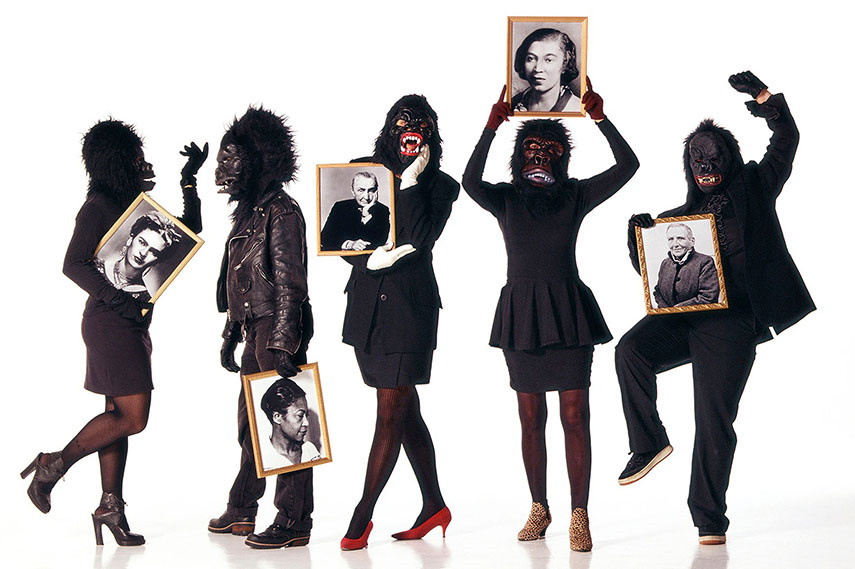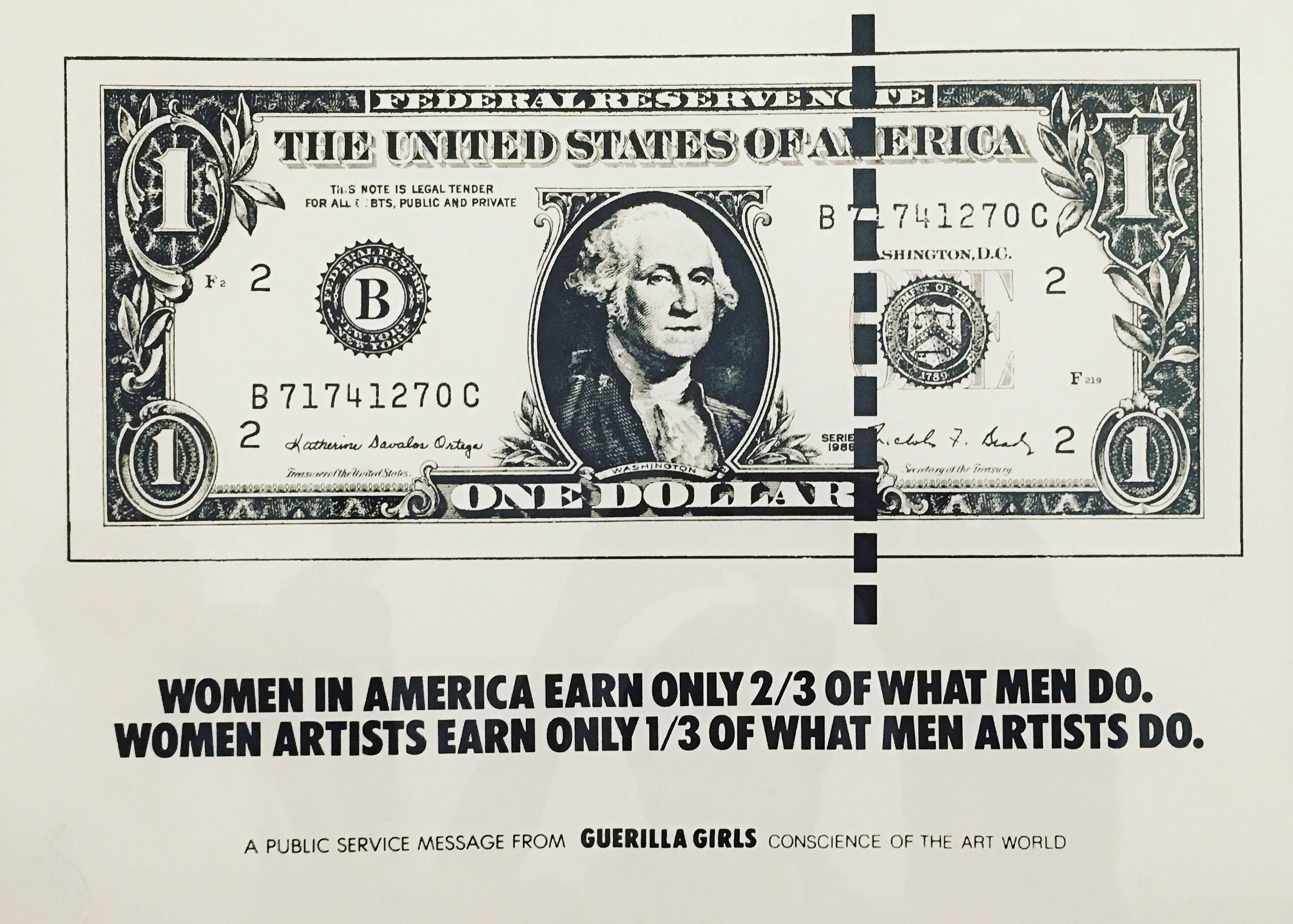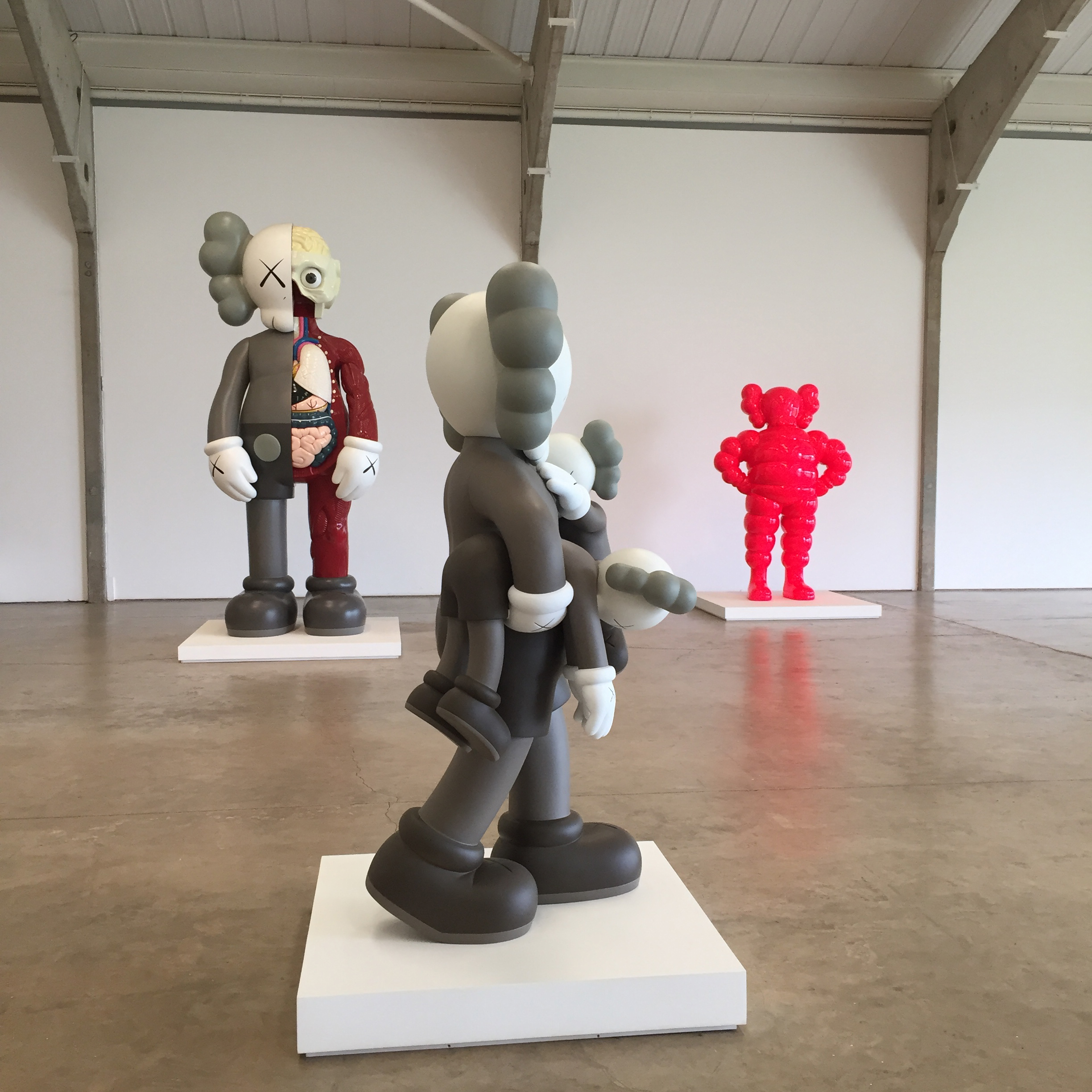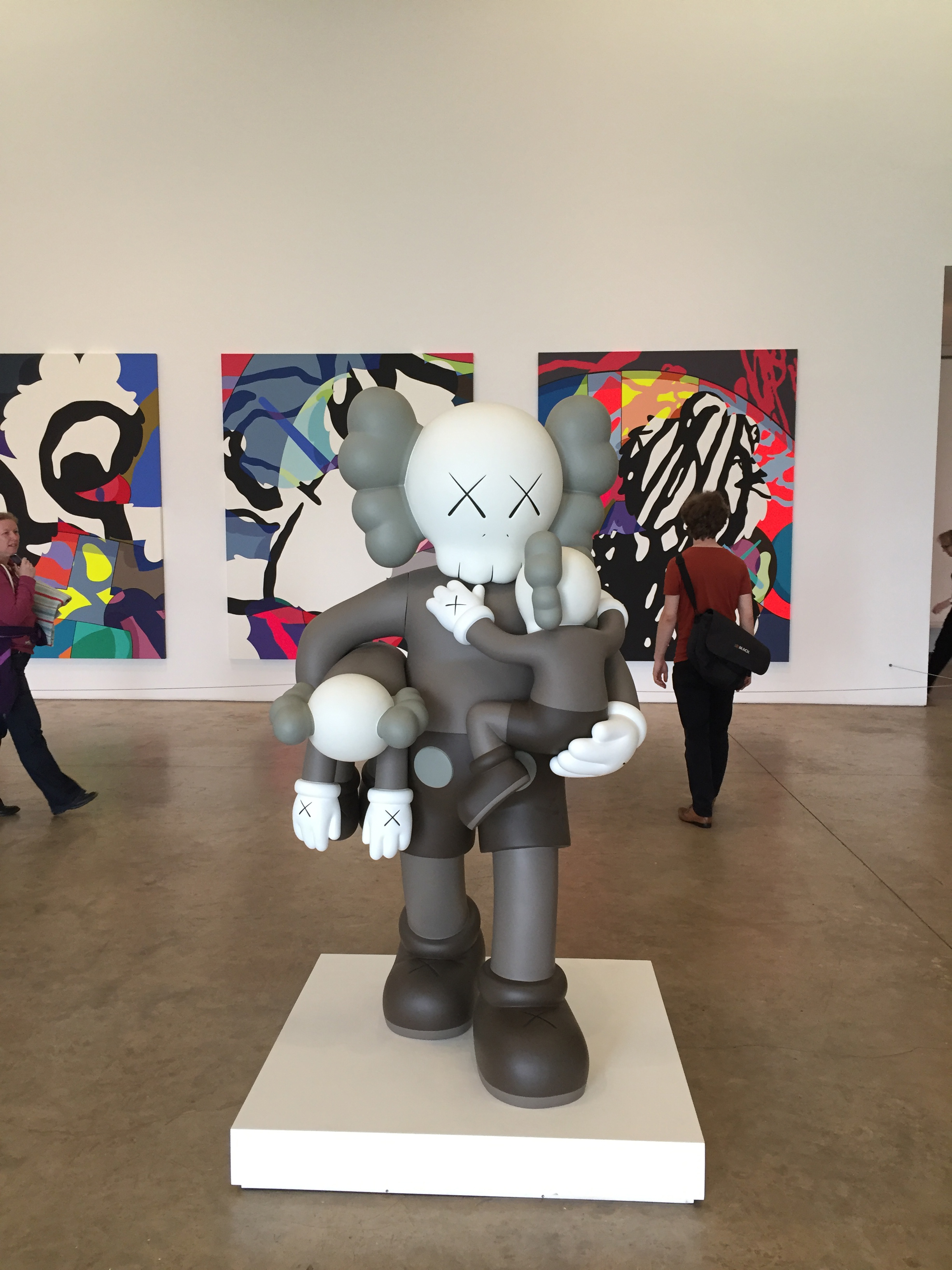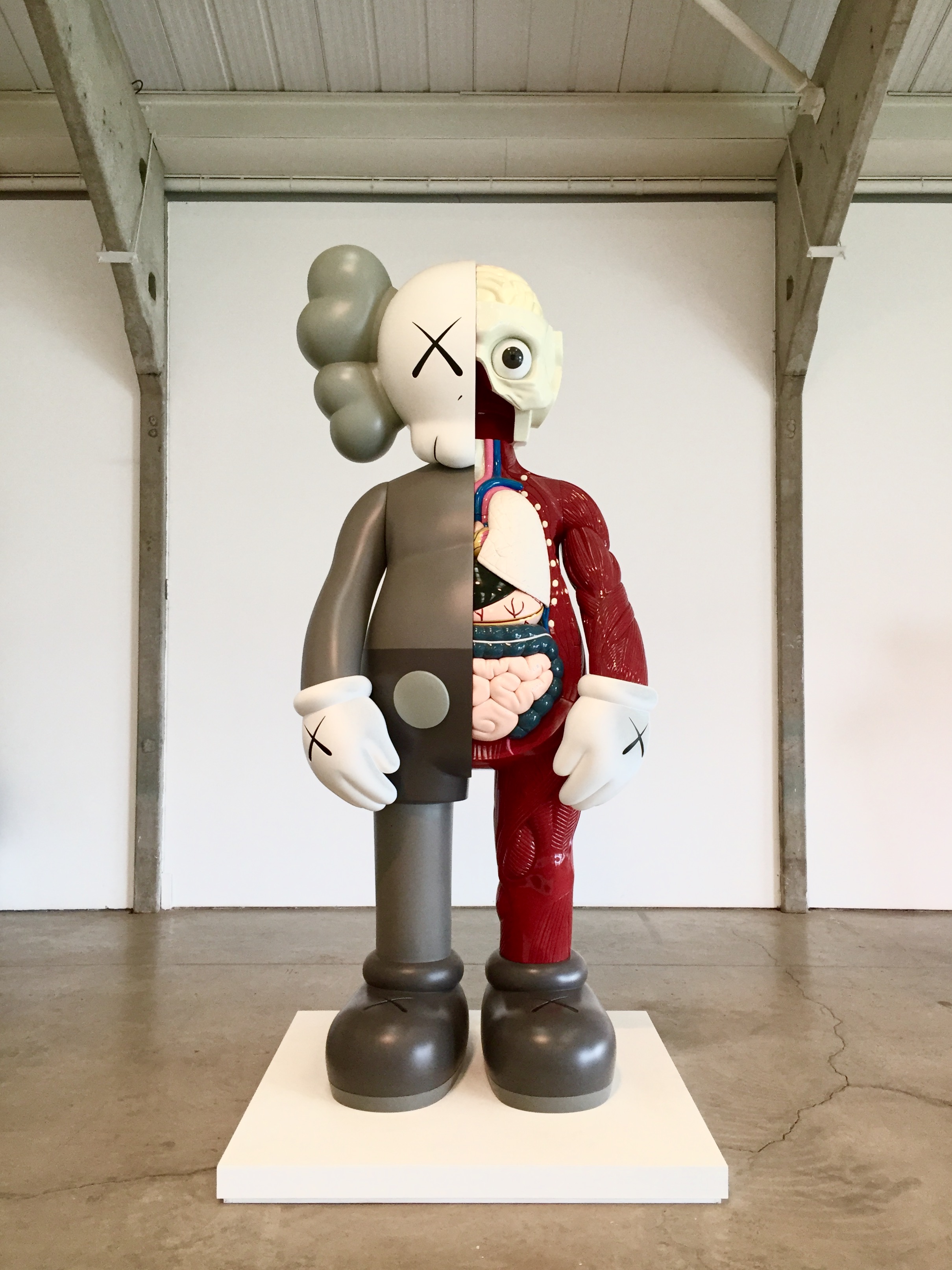
Now on Blain Southern, London
Natural Light, Blue Light Room is one of a number of environment made by Bruce Nauman between 1969 and 1974 that transforms a traditional galley from a room of discrete objects into a space that provokes a perceptual experience in the viewer the environments also served to change the viewer from a passive beholder to an active performer within the artwork.

In the late 1960s, Nauman made a number of videos that showed the artist performing absurd or mundane activities in his studio space, such as Stamping in the Studio or Slow Angle Walk (Beckett Walk) (both1968).

In January 1972, about a month after Natural Light, Blue Light Room was exhibited, Nauman was asked about this transition from artist as subject and performer in the videos, to the architectural installations, where the viewer takes on these roles. ‘ I began thinking about how to present this without making a performance,’ he said, ‘so that somebody else would have the same experience, instead of just having to watch me have that experience.’


Natural Light, Blue Light Room emerged amid these concerns with space, performance, the movement of the body and perceptual experience.
When you enter the space, you might be struck by its emptiness: instead of a gallery with objects, you have an open space with a silver of natural light along the lower side of one wall and, on the other, a peculiar blue light. The gallery has been altered to discombobulate you, the viewer, who has now become the performer within the space. While the natural light changes according to the time of the day and climactic conditions, the blue light offers a constant glow. You might experience elation, confusion, even annoyance: but the room will always induce a certain kind of awareness.
Each viewer will, of curse, respond differently to the space, and each performance within it will be distinct. Part of the artwork, then, is to observe others in the space, measure their responses, and to experience the strange awareness of not only your state of mind under certain conditions, but of others in the gallery.


Notes from Blain Southern.
